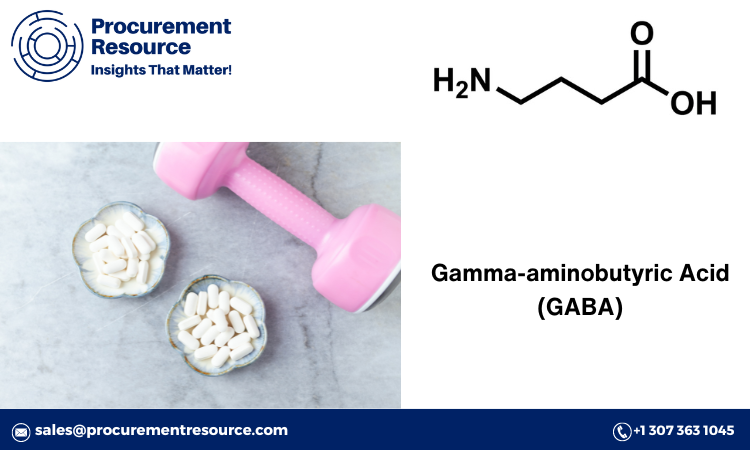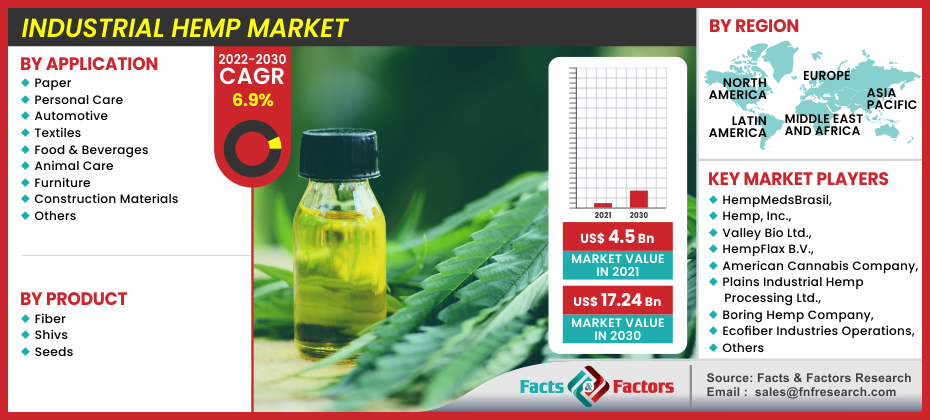Introduction
In today’s highly competitive food industry, ensuring top-notch food quality and safety is paramount. With consumers increasingly aware of the risks associated with foodborne illnesses, the demand for stringent food safety measures has never been higher.
HACCP (Hazard Analysis and Critical Control Points) certification is the gold standard for food safety, providing a systematic approach to identifying and controlling hazards. By adopting HACCP, businesses can not only ensure the safety of their products but also gain a competitive edge in the market.
Understanding HACCP: What It Is and Why It Matters
Definition and Purpose:
HACCP is a preventive approach to food safety that identifies and mitigates potential hazards in food production processes. Unlike traditional methods that rely on end-product testing, HACCP focuses on controlling the process to prevent hazards from occurring. This system is internationally recognized and endorsed by leading organizations such as the World Health Organization (WHO) and the Food and Agriculture Organization (FAO).
Key Benefits:
-
Prevents foodborne illnesses: By identifying and controlling potential hazards, HACCP significantly reduces the risk of contamination and foodborne diseases.
-
Protects brand reputation: Implementing HACCP demonstrates a commitment to food safety, helping to build trust with consumers and stakeholders.
-
Enhances customer trust: Consumers are more likely to purchase from companies that prioritize safety and quality, leading to increased customer loyalty.
The Seven Principles of HACCP
1. Conduct a Hazard Analysis:
The first step in HACCP is identifying potential biological, chemical, and physical hazards that could occur during the food production process. This involves analyzing each step of the process, from raw material acquisition to final product distribution, to pinpoint where hazards may arise.
2. Determine Critical Control Points (CCPs):
CCPs are specific points in the process where a hazard can be prevented, eliminated, or reduced to an acceptable level. Identifying these points is crucial for ensuring that the food produced is safe for consumption.
3. Establish Critical Limits:
For each CCP, critical limits must be established. These limits are the maximum or minimum values that must be adhered to prevent, eliminate, or reduce a hazard. For example, a critical limit might be a specific cooking temperature that must be reached to kill harmful bacteria.
4. Establish Monitoring Procedures:
To ensure that CCPs remain within their critical limits, businesses must establish monitoring procedures. This involves regular checks and measurements, such as temperature monitoring or visual inspections, to ensure compliance.
5. Establish Corrective Actions:
If monitoring indicates that a CCP has deviated from its critical limit, corrective actions must be taken. These actions may include adjusting the process or discarding affected products to prevent unsafe food from reaching consumers.
6. Establish Verification Procedures:
Verification procedures are essential for confirming that the HACCP plan is functioning correctly. This may involve regular audits, testing, and reviews of records to ensure the system’s effectiveness.
7. Establish Record-Keeping and Documentation:
Maintaining detailed records is a critical aspect of HACCP. Documentation includes hazard analyses, CCP monitoring records, corrective actions, and verification results. These records provide evidence of compliance and help identify areas for improvement.
The Process of Getting HACCP Certified
Step-by-Step Guide:
-
Initial Assessment: Conduct a preliminary analysis to understand the scope of your operations and identify potential hazards.
-
Plan Development: Develop a HACCP plan tailored to your specific processes and products, incorporating the seven principles.
-
Implementation: Put the plan into action and train staff to ensure they understand their roles and responsibilities in maintaining food safety.
-
Verification and Validation: Regularly test and validate the effectiveness of the HACCP plan, making adjustments as necessary.
-
Certification Audit: Undergo a third-party audit by an accredited certification body to verify compliance with HACCP standards.
-
Continuous Improvement: Continuously update and refine the HACCP system based on new information, technological advancements, and changes in regulations.
The Impact of HACCP Certification on Food Quality and Safety
Quality Assurance:
HACCP certification ensures that all aspects of food production are controlled, leading to consistently high-quality products. By adhering to strict safety protocols, businesses can prevent contamination and ensure that their products meet consumer expectations.
Safety Assurance:
HACCP’s preventive approach minimizes the risk of contamination and recalls, protecting consumers from harmful products. This proactive stance not only safeguards public health but also reduces the financial and reputational damage associated with food safety incidents.
Market Access:
Many markets and major retailers require HACCP certification as a prerequisite for doing business. By obtaining this certification, companies can expand their market reach and access new opportunities, both domestically and internationally.
The Future of HACCP and Food Safety
Technological Advancements:
The integration of AI and IoT technologies in food safety is transforming HACCP systems. These technologies enable real-time monitoring and data analysis, allowing for more accurate and efficient management of critical control points. For instance, IoT devices can continuously monitor temperatures and humidity levels, providing instant alerts if deviations occur.
Global Trends:
There is a growing trend towards the global harmonization of food safety standards. As international trade in food products increases, countries are adopting standardized safety protocols to ensure consistency and protect consumers. HACCP, as a globally recognized system, plays a vital role in this process.
Consumer Awareness:
With rising consumer awareness about food safety, transparency has become a key demand. Consumers want to know how their food is produced and whether it meets safety standards. Businesses that are HACCP certified can provide this assurance, building trust and loyalty among their customer base.
Conclusion
Recap:
HACCP certification is crucial for ensuring food quality and safety, protecting both consumers and businesses. By implementing a HACCP system, companies can identify and control potential hazards, leading to safer products and a stronger market position.
Call to Action:
If you’re a food business owner, now is the time to take the first step towards HACCP certification. Invest in the safety and quality of your products, and elevate your brand to new heights. By prioritizing food safety, you not only comply with regulations but also gain a competitive advantage in the marketplace.
Closing Thoughts:
Maintaining a strong food safety culture is essential in today’s rapidly evolving food industry. Stay updated with the latest regulations and technological advancements to ensure that your HACCP system remains effective. Remember, food safety is not just a regulatory requirement; it’s a commitment to your customers and your brand’s future.




